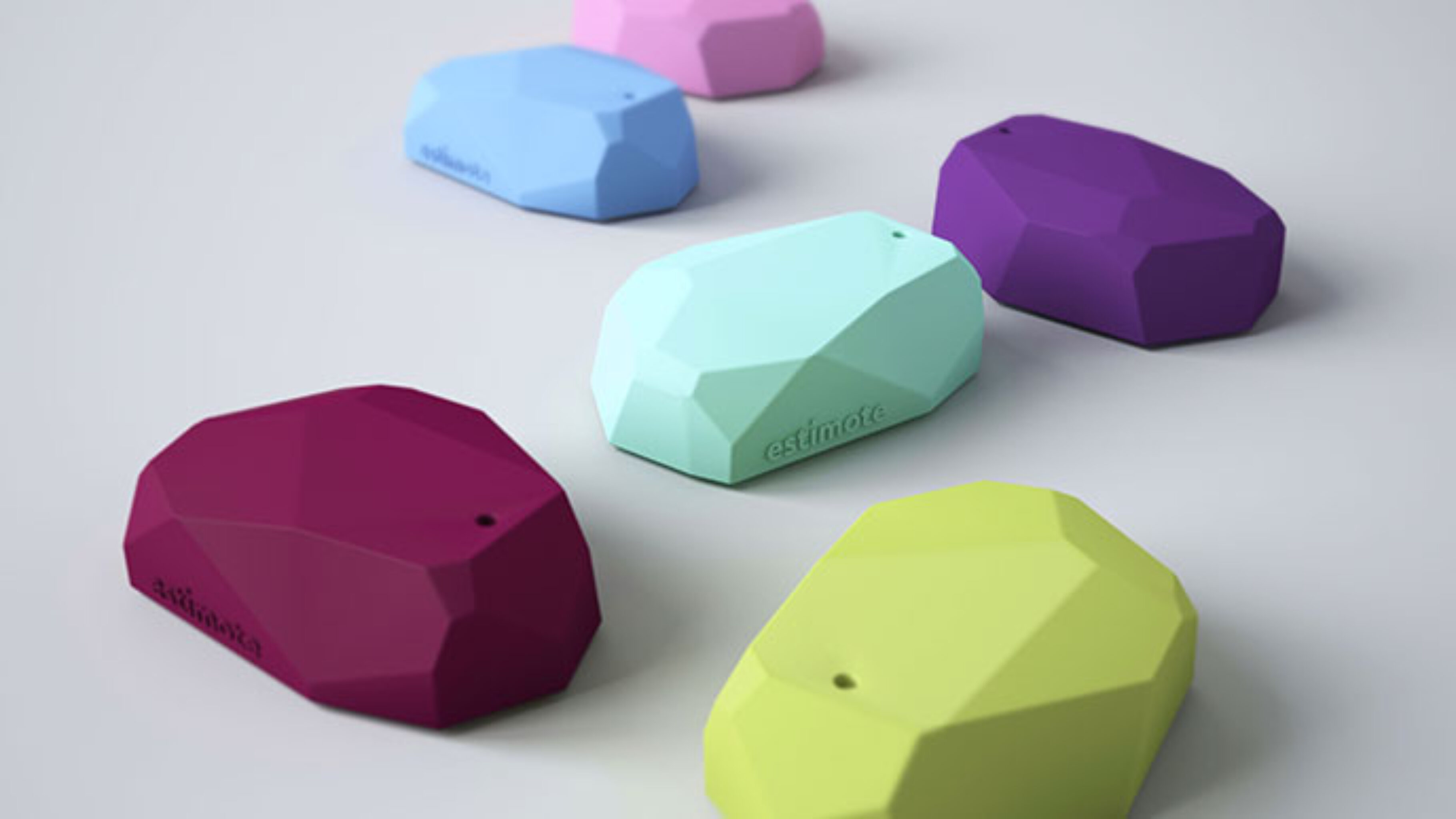It seems the future may finally be here, with the birth of the iBeacon. Reminiscent of the sort of new-age gadgets featured in sci-fi, but comprised of so many everyday technologies that its emergence seems entirely believable. Expected even. When we consider what an iBeacon actually does and more importantly what it could evolve into doing, we start to see how revolutionary this new technology really is.
So let’s explore. What are beacons? Well, essentially a beacon is a small wireless sensor, which transmits data to a smartphone or tablet and vice versa using Bluetooth. Beacons work on any device with a Bluetooth LE chip in it and are not exclusive to Apple devices.
The iBeacon, however, is now a feature in iOS 7 and is essentially just Apples branded take on the beacon technology.
Let’s break this down even further. Here’s how it all works in tech speak: iBeacon is a dumb device that transmits signals with a three-part identifier. This signal is absorbed by a device, such as a mobile or a tablet, and processed by an app. The app then carries out a pre-determined action.
In many cases, this action is the promotion of goods, services and products.
In terms of what the iBeacons can bring to the E-commerce industry, well the possibilities are endless. Any store which invests in a beacon will be able to market directly to any of its customers (provided they download the stores’ official app). The GPS signals in beacons can penetrate through walls made of any materials, unlike current GPS tracking devices which only operate effectively when used in open outdoor spaces.
Let’s put this into a real-life scenario: Say you are walking into a shop, such as Gap with your smartphone or tablet and say Gap has an active beacon. When you enter that beacon’s zone, the beacon will transmit special promotions, coupons, recommendations, etc, to your smartphone or tablet via the Gap app, (assuming you have previously downloaded said app).
Beacons will also accept payments, so say you wanted to purchase a pair of jeans in-store, you can do so without having to use your card.
What is truly futuristic about an iBeacon shopping experience is that iBeacons can broadcast context and location to all iPhones in range. Meaning, that as you meander through whichever store you are in, the iBeacon will broadcast offers and info about each item in the closest proximity. Pretty amazing.
The way this transforms and enhances the shopping experience is breathtaking.
Because the app records and stores all activity, products you have researched online will be saved and remembered and then when you are in store, the beacon will guide you to the product you have been researching quickly and easily. Here we see the power of targeted advertising in full swing.
A customer is able to access detailed information, videos and specifications about a TV they’re looking at, simply by walking up to the display unit and then glancing at their app, is a mammoth leap for the retail industry and of course the E-commerce industry.
The iBeacon will allow the app to show little pins representing support staff dotted around the shop, making is easier than ever to find assistance, especially in bigger department stores.
Finally, when you decide which items you want to purchase, you can approach the cashier, register the items with a barcode scanner and authorise the mobile payment with a swipe of a finger or, perhaps, on iPhone 5S with your own fingerprint.
All of this serves to facilitate the need for immediacy and smoothness of transaction that is so pertinent to the modern-day consumer.
The iBeacon can be used in a number of different scenarios not just to enhance E-commerce.
An iPhone with iBeacon can connect to a nearby beacon to determine a GPS location. You could then navigate through an airport, casino or museum just by using a mapping app. And that’s only the beginning; the possibilities are endless.
Near Field Communication (NFC) is a similar technology and some key figures think that iBeacon is a competitive technology. Simply put, this is not true. The two technologies differ in terms of purpose. While NFC is intended to transfer data, iBeacon’s purpose is to detect nearby devices. Crucially, NFC only works in close proximity. NFC’s range is up to eight inches, while iBeacons’ range is up to fifty meters. NFC can be found in things like oyster cards. You are touching two devices together in order to send data.
The biggest hurdles to an iBeacon dominant world lie in getting users to activate Bluetooth, download a brand’s affiliated app and provide permissions for location tracking. Businesses must ensure they provide enough incentives for users to complete these three tasks. They must promise easier shopping experiences and better in-store promos.
There is also a big-data problem when it comes to iBeacons. Already big businesses don’t utilise the data they have. Imagine how useless the second wave of data extracted from iBeacons would be, to a business already neglecting the data it has.
The exciting part of all of this is that the technology is finally coming of age. iBeacons can allow us to finally close the gap and understand how digital and offline behaviour work together. The company that manages to execute the technology in such a way that they can engage and interact with their customers like never before, will undoubtedly see their revenue skyrocket.








